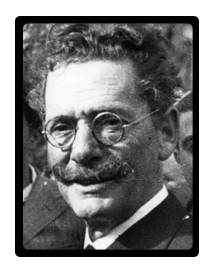LA VENTA DE LOS GATOS (Arr. by Sergi Pastor)This piece was written as an attempt to establish Spanish operatic tradition. In 1900, José Serrano had just enjoyed his first success thanks to the snippet "El Motete". Encouraged by the success of the work, the Álvarez Quintero brothers propose the maestro Serrano, who devised the score of the opera entitled "The Sale of the Cats", on a libretto by Álvarez Quintero himself inspired by a narration by Gustavo Adolfo Bécquer. The following year the play had been completed, though it was not released until 1943, at the Teatro Principal in Valencia, two years after the death of the musician, attributing to the lack of instrumentation as the grounds for its non-release, him becoming a figure of mockery and, fostering his fame as a "loafer" that would persecute him throughout his life. According to all the press of the forties, this orchestration was completed by Enrique Estela, who was entrusted with conducting the premiere. The plot of the work faithfully follows Bécquer's homonymous narrative, The first part is brimming over with joy, celebration and shared love: Lorenzo loves Amparo, a young man who since childhood has lived in the aera in Seville called "Venta de los Gatos", rescued from the one included by Lorenzo's father. The second is dark, sinister, pierced by pain and death: Amparo has been recovered by his father, a nobleman who was forced to leave Spain for political reasons; the girl longs for her previous life and as she cannot return to it, she dies; when the corpse is taken to the cemetery that has been raised near the Venta, a type of roadside tavern, Lorenzo discovers it and descends into madness. The narrative is not based on a true story, although it does tackle historical elements since La Venta de los Gatos and the San Fernando cemetery actually existed. |

